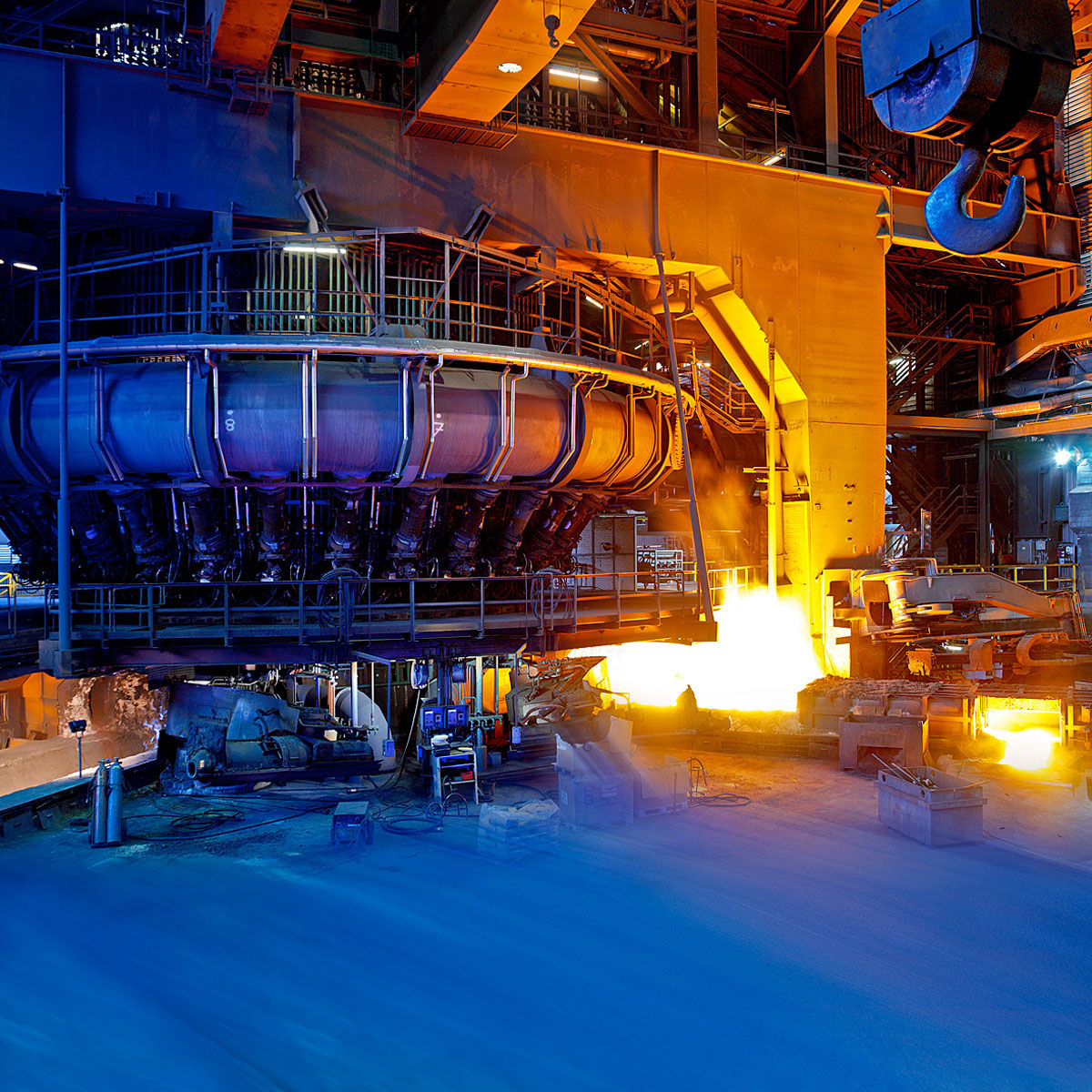The availability of merchant pig iron in the global market is driving the reduction of CO2 emissions, as it supports one of the most ecologically friendly steelmaking routes, the electric arc furnace, says Industrial Metallurgical Holding (IMH) vice president Sergey Frolov.
China is set to continue raising its EAF capacity, indicating pig iron, HBI/DRI and other metallics supply issues in the future. To offset the high content of residual elements and impurities in ferrous scrap used in EAFs, higher volumes of virgin metallics will be needed, both to increase quality of steel and to reduce pollution, he said at this week’s International Iron Metallics Conference 2021 attended by Kallanish.
The demand outlook for merchant pig iron and other metallics therefore remains positive. WSD forecasts 2 billion tonnes of steel to be produced globally by 2025, with the biggest share of it made by EAFs. The share is expected to increase from 29% in 2019 to 53% in 2070 amid the ongoing reduction of carbon footprint and other pollution.
IMH significantly increased its pig iron exports to China in 2020, a trend that started in mid-2019. The firm exported 58% of all its pig iron to Asia in 2020, up from just 9% in 2019 and 2018. The US reduced its intake from 56% in 2019 to 19% in 2020. Turkey took a 10% share, down from 15% in 2019, and the EU took 11%, down from 19% in 2019.
The EAF route produces four times less carbon per tonne of steel compared to BOF-based production, Frolov said. In the last five years, in line with the US and EU, China has been increasing its share of environment-friendly steelmaking technologies, raising the share of EAFs from 6% in 2014 to 9% in 2019. This means a production of 47 million tonnes in 2015 versus an estimated 128mt in 2021. The EU’s share of EAF-produced steel rose from 39% in 2014 to 41% in 2019, Frolov noted.






